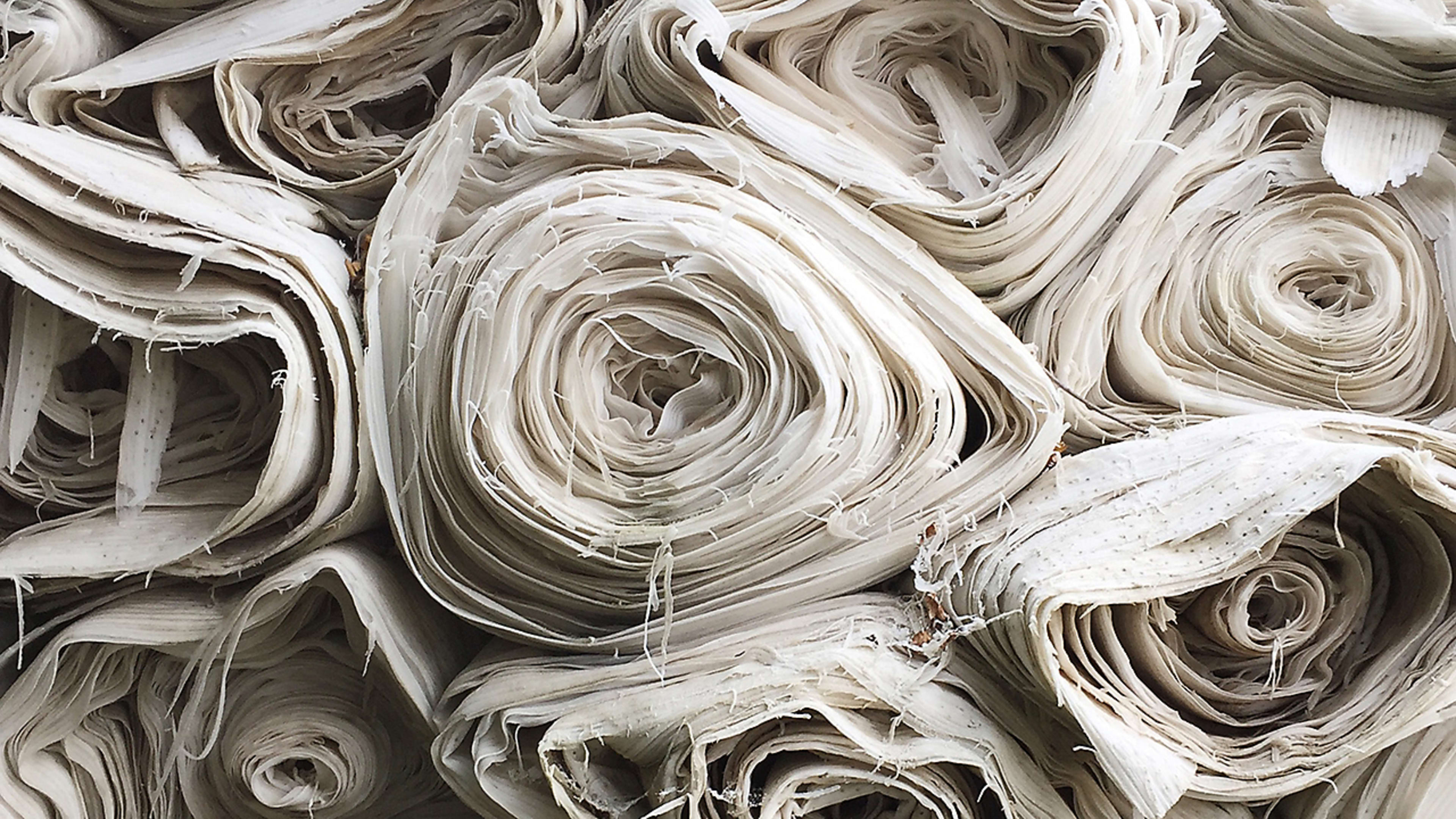Maybe you’ve hacked together a DIY mask from an old T-shirt or pillowcase over the last few weeks. That’s probably good enough for most uses, but if you want to get precise about it, a new study suggests that a combination of two materials could do even more to protect you from spreading or getting the coronavirus. A mask made from a layer of high-thread-count cotton plus two layers of chiffon or silk performs nearly as well as an N95 mask—and does better than an N95 mask at capturing the smallest particles the scientists shot at it.
Shortly after the Centers for Disease Control and Prevention began recommending that Americans should wear cloth masks in public, researchers at the University of Chicago and Argonne National Laboratory began studying how well different fabrics worked. “We found that there was very little scientific data on the measurement of the filtration efficiencies of these masks,” says Supratik Guha, a professor of molecular engineering at the Pritzker School of Molecular Engineering at the University of Chicago.
In a lab at Argonne, the researchers used equipment to generate aerosols of sodium chloride, which is typically used to test commercial respirators. A fan blew the aerosols into a collection chamber, where the scientists measured the particles that made it past each fabric sample. The study looked at particles ranging from 10 nanometers to six micrometers—at the largest, roughly a tenth of the width of a human hair. Though epidemiologists believe that the new coronavirus, SARS-CoV-2, most likely spreads through large droplets that quickly fall to the ground after someone coughs, sneezes, or talks, it’s still not settled whether tinier “aerosol” droplets that hang in the air longer could also spread the virus. The new study looked at a range of particle sizes, since it isn’t yet clear how the virus is transmitted.
Unsurprisingly, fabrics with a tighter weave do better at physically blocking droplets. “A particulate trying to go across that membrane will get stuck in those gaps and pores and will not make it to the other side,” Guha says. Cotton with 600 threads per inch is more effective than cotton with 80 threads per inch, filtering out more than 90% of particles larger than 300 nanometers, and more than 65% of those that are smaller. Quilting material with cotton batting did even better, filtering more than 90% of larger particles and more than 80% of smaller particles.
A combination of fabrics also performed well. Silk and chiffon both have electrostatic effects, meaning that they generate a charge that can attract and catch the virus. A mask that combines silk and cotton layers, or chiffon and cotton layers, also captures more than 90% of particles larger than 300 nanometers, and more than 80% of those that are smaller. While an N95 mask, the standard respirator used in hospitals, does slightly better with larger particles, the mixed-material mask actually filtered out more of the smaller particles in the experiment. A mix of flannel and cotton also performed well.
T-shirt masks don’t seem to work as well. In a Virginia Tech study, a mask made from a single layer of a cotton T-shirt captured only 20% of particles down to 300 nanometers and 50% of those down to 1,000 nanometers. A Cambridge University study from 2013 found that two layers of T-shirt material can capture around 70% of particles down to 1,000 nanometers.
Researchers already knew that masks can help reduce the spread of the virus from people who may not know they’re sick. A recent Nature study found that nearly all viral droplets and some smaller aerosol particles were blocked when infected patients wore a surgical mask. But the new study suggests that a homemade mask could also effectively protect the person wearing it from other germs. But there is one major caveat: The mask has to fit correctly—without any gaps. This is something that can be difficult to achieve for those who don’t know how to sew. The filtration efficiency of a mask can drop 60% if there are gaps in the fit, making your choice of material less meaningful. “If I were making masks, I would place a lot of emphasis on the design of the mask to minimize the gap,” Guha says.
Recognize your brand’s excellence by applying to this year’s Brands That Matter Awards before the early-rate deadline, May 3.
